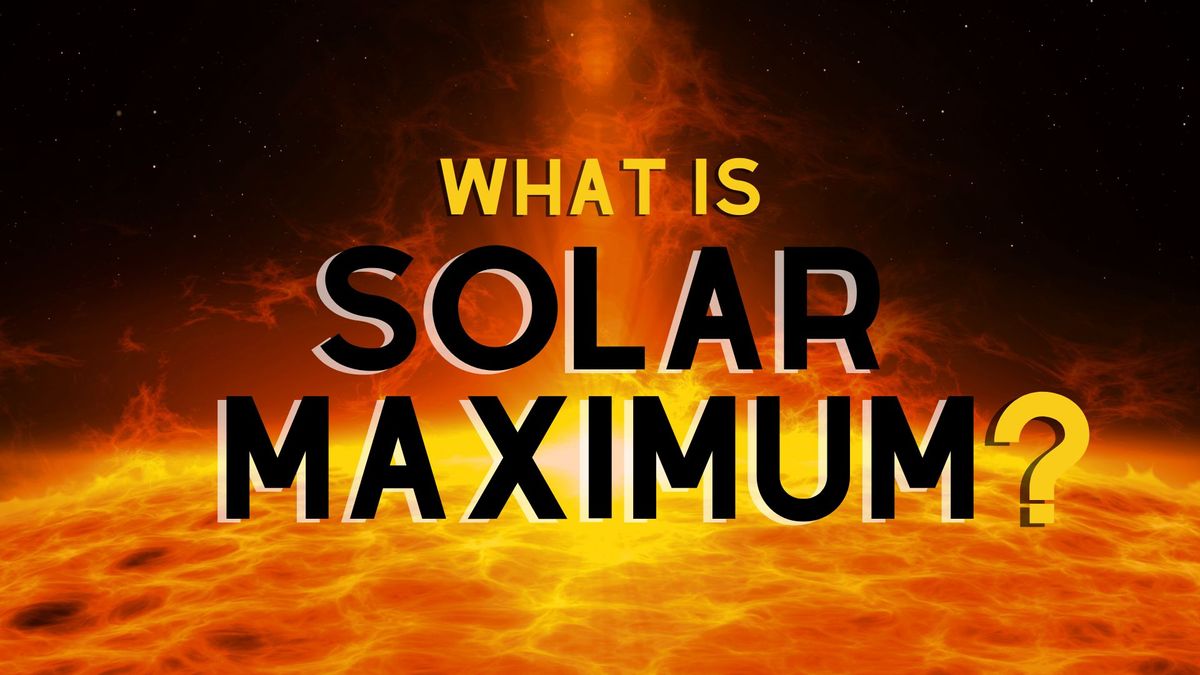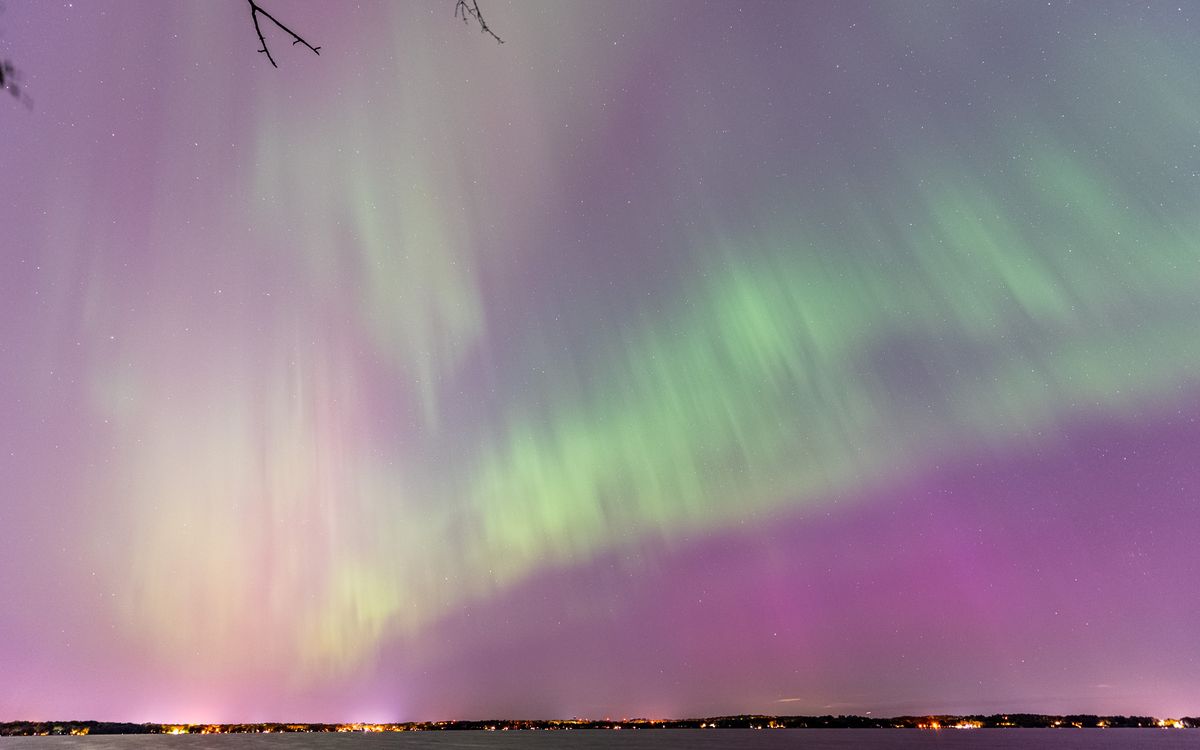Solar Maximum: A Closer Look
The term “solar maximum” pertains to the peak of solar activity within the sun’s approximately 11-year solar cycle. This peak is characterized by the intensity and frequency of sunspots observable on the sun’s surface. Conversely, “solar minimum” represents the period of lowest solar activity during a given solar cycle. Currently, Solar Cycle 25 is in progress, with solar activity gradually intensifying. The National Oceanic and Atmospheric Administration’s (NOAA) Space Weather Prediction Center (SWPC) anticipates that solar maximum will manifest between late 2024 and early 2026. However, determining the exact occurrence of solar maximum is not immediate; scientists must wait at least seven months post-event to confirm its happening due to the methodology involved in computing the solar maximum.
Understanding Solar Maximum
Solar maximum denotes the period of highest solar activity during the solar cycle, typically spanning around 11 years. The most recent solar maximum transpired in April 2014 during Solar Cycle 24. The realization of the current solar maximum remains uncertain until sufficient time has elapsed after the event. Projections from the World Data Center for the Sunspot Index and Long-term Solar Observations (SILSO) suggest a peak between mid-2024 and late 2025. Correspondingly, NOAA’s SWPC estimates the potential timing of solar maximum between late 2024 and early 2026.
Forecasting the precise occurrence of solar maximum poses a complex challenge. Scientists rely on meticulous analysis of sunspot frequency to ascertain this climactic point. The computation process involves a 13-month smoothed sunspot number, requiring data capture from six months prior to and after the given month. Consequently, the definitive value for solar maximum at a particular time is discernible only half a year later. For example, if solar maximum indeed transpired in April 2024, confirming this event necessitates data from the preceding six months, April itself, and the subsequent six months, culminating in a determination around November 2024.
Unexpected phenomena, such as local maxima and double maxima, further contribute to the complexity of identifying solar maximum. Local maxima represent instances of heightened solar activity that might not represent the global solar cycle accurately. Meanwhile, double maxima, known as Gnevishev’s gap, can occur, wherein an initial peak in sunspot activity may not be the highest, followed by another substantial peak. Such intricacies underscore the patience required to ascertain the definitive timing of Solar Cycle 25’s solar maximum.
Impacts of Solar Maximum on Auroras
The mesmerizing aurora displays—such as the northern lights (aurora borealis) and southern lights (aurora australis)—emerge as energized solar particles interact with Earth’s atmosphere, propelled towards the poles by the planet’s magnetic field. Heightened solar activity around solar maximum could lead to pronounced aurora displays due to increased solar particle emissions, characterized by phenomena like coronal mass ejections (CMEs), solar flares, and augmented solar wind. These energetic particles instigate geomagnetic storms, or solar storms, provoking substantial disturbances in Earth’s magnetosphere and culminating in vibrant aurora exhibitions.
While media assertions might proclaim certain years as optimal for witnessing enhanced auroras, caution is essential. While escalated solar activity enhances the likelihood of remarkable aurora sightings, the attribution of enhanced displays solely to ‘solar maximum’ might be misleading. Solar maximum itself does not denote a singular moment but can span several years. The ‘absolute maximum’ signifies the timeframe when the sun’s magnetic field reverses, signifying the midpoint with half of solar maximum complete and half pending.
Moreover, the visibility of auroras is not exclusive to solar maximum periods but can manifest during any phase of the solar cycle. Notably, stunning aurora occurrences amid diminished solar activity, such as during the last solar minimum in December 2019, underscore the enchanting possibilities for aurora sightings irrespective of the solar cycle phase.
In essence, while heightened solar activity augments the chances of witnessing breathtaking aurora displays in the coming years, the unpredictable nature of these celestial spectacles warrants an acknowledgment that such occurrences are not confined to solar maximum epochs.
Image/Photo credit: source url





